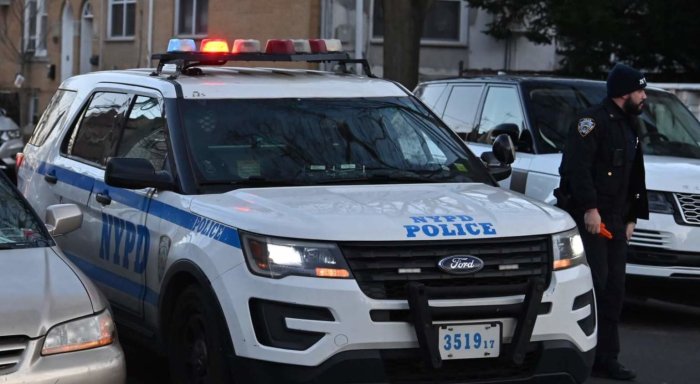By Alexander Dworkowitz
As a result of the attacks on the United States on Sept. 11 and the subsequent anthrax scare, both hospitals in Flushing have developed plans for dealing with possible bioterrorism.
Dr. James Rahal, director of infectious diseases at New York Hospital Medical Center of Queens, said the hospital formed a bioterrorism task force at the end of October. In the beginning of December, the task force produced a 16-page plan.
The plan was distributed to workers at the hospital, detailing how to react to the possible spread of five different diseases as a result of biological terrorism.
“We know now what to do with respect to security, with respect to triage,” said Rahal. “It’s knowing how to precede once it happens, and how to suspect when it might happen.”
Rahal said the main goal of the task force was to spread knowledge about the five diseases that the Center for Disease Control has most strongly warned about as possibilities for bioterrorism: smallpox, anthrax, plague, botulism and tularemia. In addition, the task force has developed new methods of handling the mail and a plan for creating isolation rooms to prevent the spread of a highly infectious disease such as smallpox.
Flushing Hospital Medical Center has also taken precautions against bioterrorism. According to Michael Hinck, a spokesman for the hospital, the center began purchasing decontamination showers, Hazardous Materials suits and greater supplies of antibiotics after Sept. 11, even before the anthrax scare swept the nation.
Like NYHQ, Flushing Hospital also worked to educate its staff.
“We’ve educated our employees through workshops, town hall meetings and brochures,” said Hinck.
NYHQ and Flushing Hospital are not the first medical centers in northeast Queens to develop plans against bioterrorism. The Long Island Jewish Medical Center in New Hyde Park originally made plans to deal with bioterrorism back in 1996.
“At the time, some people thought we were a bit overzealous,” said Terry Lynam, spokesman for the LIJ health system, which runs 18 hospitals in the greater New York City area, including three in Queens.
Lynam said the focus of the system is on surveillance, communicating between the 18 hospitals about unusual clusters of diseases. He said educating many of its doctors paid off when anthrax hit the city.
“For the most part, physicians were able to make a distinction between the flu and anthrax,” he said.
Since Sept. 11, LIJ has gone one step further, purchasing decontamination tents in case of the spread of a highly infectious disease.
“If someone has been exposed to a chemical or biological agent, you don’t want them coming to your emergency room,” said Lynam.
Dr. Joseph Stavola, chief of pediatric infectious diseases at Weill Cornell Medical Center, spoke at NYHQ on the subject of bioterrorism in November.
When asked if he considered bioterrorism a threat, Stavola said in a recent interview with the TimesLedger “four months ago, I would have said no. I never thought I was ever going to see anthrax in my life.”
Stavola said it was important to develop a plan, even though he thought it would never have to be used.
“It’s expensive to put in, but it’s worth it,” he said. “But I don’t think we’re ever going to be using it. The reality is that I don’t think we will be hit up by smallpox. The reality is that the only thing anthrax did was cause panic.”
Although smallpox is the most contagious of the five diseases, Stavola said it is difficult to find, cultivate and disperse, making it much less likely to be used than anthrax.
Rahal agreed, emphasizing the difficulty of terrorists finding effective means of spreading diseases such an smallpox.
“More people died the year of flu than anthrax,” he said. “You want awareness and preparedness without panic.”
Reach reporter Alexander Dworkowitz by e-mail at Timesledger@aol.com or call 229-0300, Ext. 141.

































